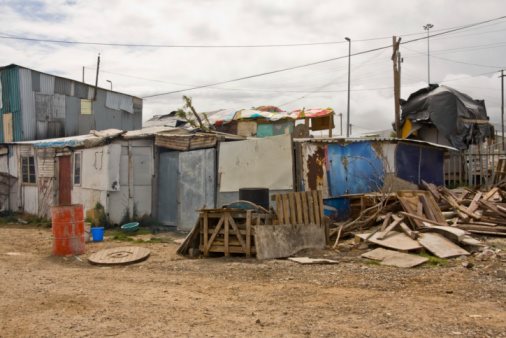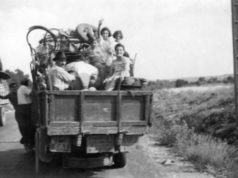
Understanding the Japanese Atomic Bomb Refugees
The atomic bombings of Hiroshima and Nagasaki in August 1945 not only devastated the two cities, but also led to the displacement of tens of thousands of Japanese citizens. The survivors of the bombings, known as hibakusha, faced numerous challenges, including health issues and social stigma.
History of the Japanese Atomic Bomb Refugees
The bombings of Hiroshima and Nagasaki on August 6th and 9th, 1945, respectively, resulted in the deaths of an estimated 200,000 people, the majority of whom were civilians. The immediate aftermath of the bombings was characterized by chaos and confusion, with many survivors suffering from serious injuries and struggling to find food, water, and shelter.
In the months and years following the bombings, many hibakusha were forced to flee their homes due to the destruction of their communities and the fear of radiation exposure. Some were evacuated to other parts of Japan, while others were sent to live with relatives in other regions.
Challenges Faced by Japanese Atomic Bomb Refugees
The hibakusha faced numerous challenges as they coped with the aftermath of the atomic bombings. Many suffered from physical and mental health issues, including radiation sickness, cancer, and post-traumatic stress disorder.
Many hibakusha also faced social stigma and discrimination due to the fear and misunderstanding surrounding radiation exposure. They were often seen as “”contaminated”” and were ostracized by their communities.
Efforts to Support Japanese Atomic Bomb Refugees
In the decades following the bombings, the Japanese government and various organizations have made efforts to provide support and assistance to the hibakusha. The government established a program in 1957 to provide medical treatment and financial support to hibakusha, and has also provided funding for research into the effects of radiation exposure.
Various organizations have also been established to support hibakusha and advocate for their rights and well-being. These organizations provide everything from medical care and counseling services to education and cultural programs.
Conclusion: Remembering the Japanese Atomic Bomb Refugees
The experiences of the hibakusha serve as a reminder of the devastating impact of nuclear weapons and the importance of working towards peace and disarmament. It is important to continue to support and advocate for the hibakusha, and to work towards preventing similar tragedies from occurring in the future. The ongoing efforts to remember and honor the experiences of the hibakusha serve as an important reminder of the need to prioritize human life and well-being over advancements in military technology.
One of the many cruelties of war in the 20th and 21st century is that thousands of people can be killed from a distance with just a press of a button or two. Whereas international conflicts of previous eras were marked by face-to-face engagements, often involving rows of soldiers standing still in orderly lines firing back and forth at one another, today, many times an target is merely a blip on a radar screen, an enemy without a face. This is assuming, of course, that one’s aim is true and the enemies are just that, meaning that the dots a pilot sees before deploying a missile or other explosive could, in reality, be civilians, unlucky collateral damage of military action.
The bombings of the Japanese cities of Nagasaki and Hiroshima at the hands of American bombers is one of the most debated wartime decisions in history. Though Japan rejected the terms of the Potsdam Declaration, the hundreds of thousands of innocent Japanese lives ended by the impact of the two atomic bombs and prolonged exposure to radiation leads historians to question whether or not the dropping of the Atomic bomb could really have been justified.
The total devastation of Nagasaki and Hiroshima had the potential of yielding a large number of war refugeesrapeGiven this, oddly enough, the situation of Japanese war refugees actually got worse during the occupation, as little refugee protection was afforded. Granted, those who fled or were kicked out of MacArthur’s Japan are not as apt to be called “war refugees” because they did not actually depart from Japan prior to Hirohito’s surrender.
Nonetheless, as the occupation was a consequence of Japanese belligerence, in effect, displaced Japanese could be considered war refugees. Moreover, displaced Japanese who had beforehand sought refugee protection and now were looking to repatriate only exacerbated the problems post-war Japan faced. With widespread food shortages and an economy in tatters, the nation could not even care for its remaining survivors, let alone refugee protection seekers.


















